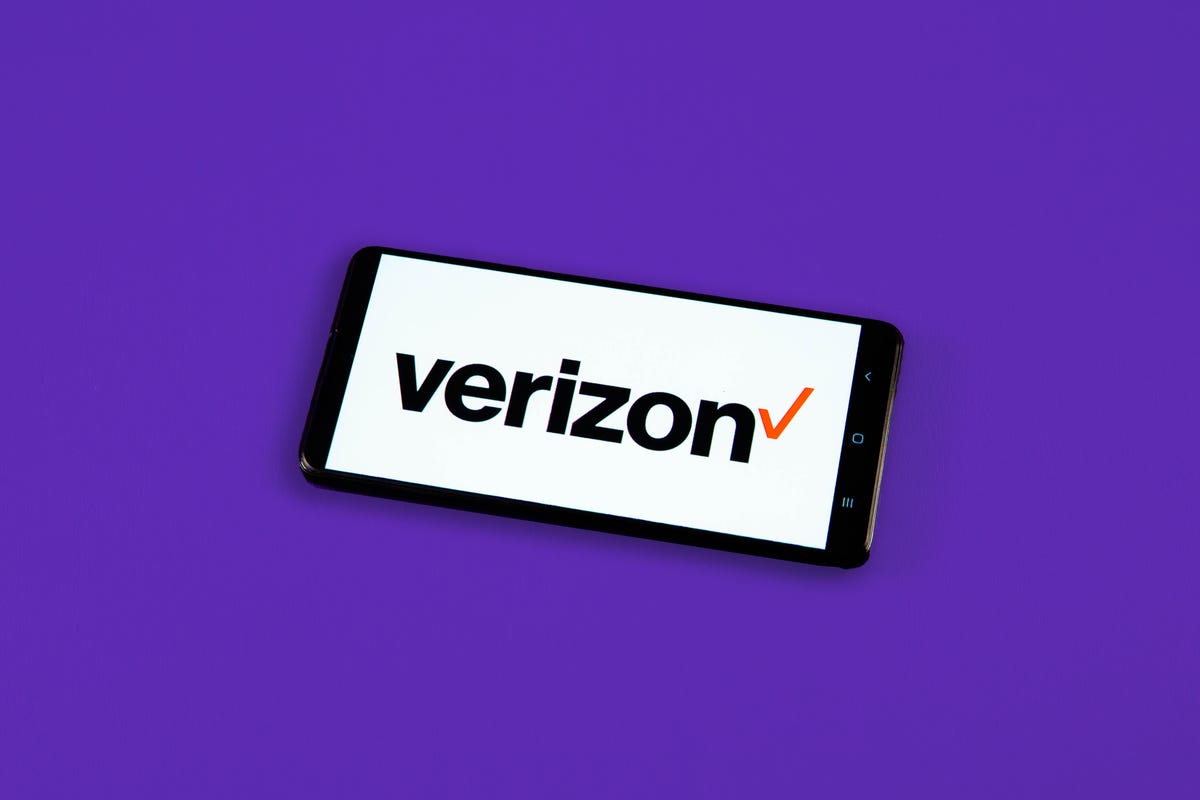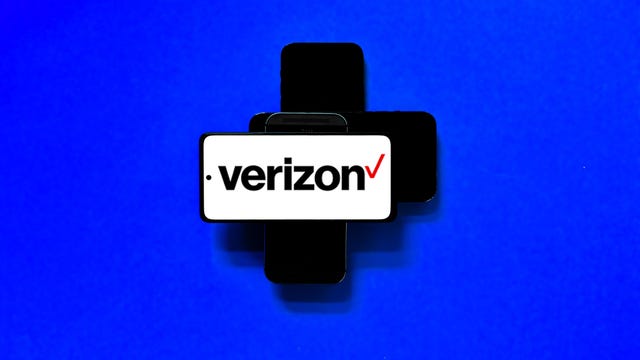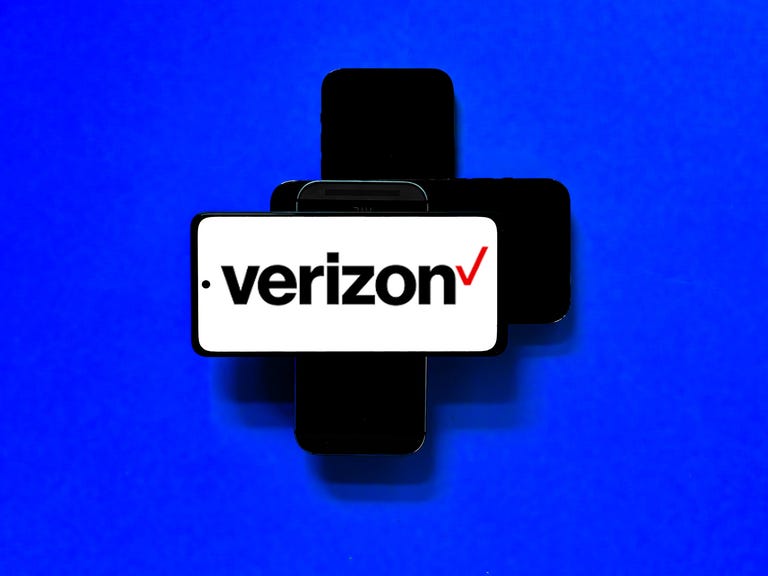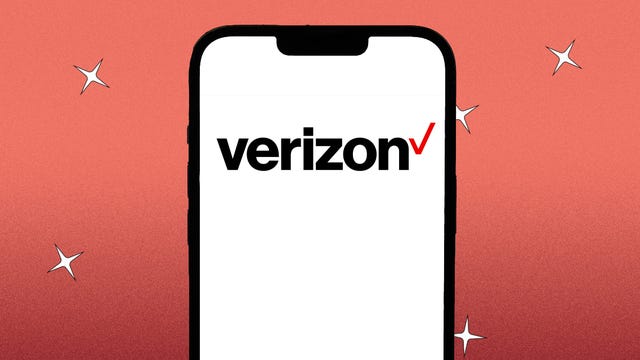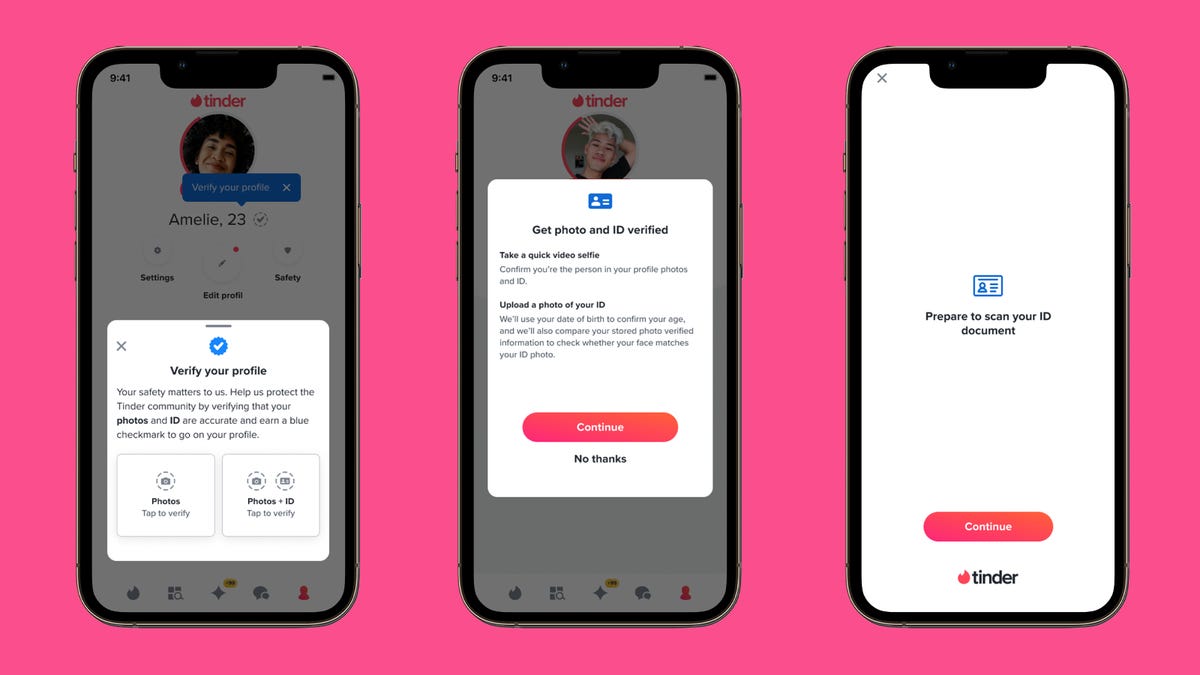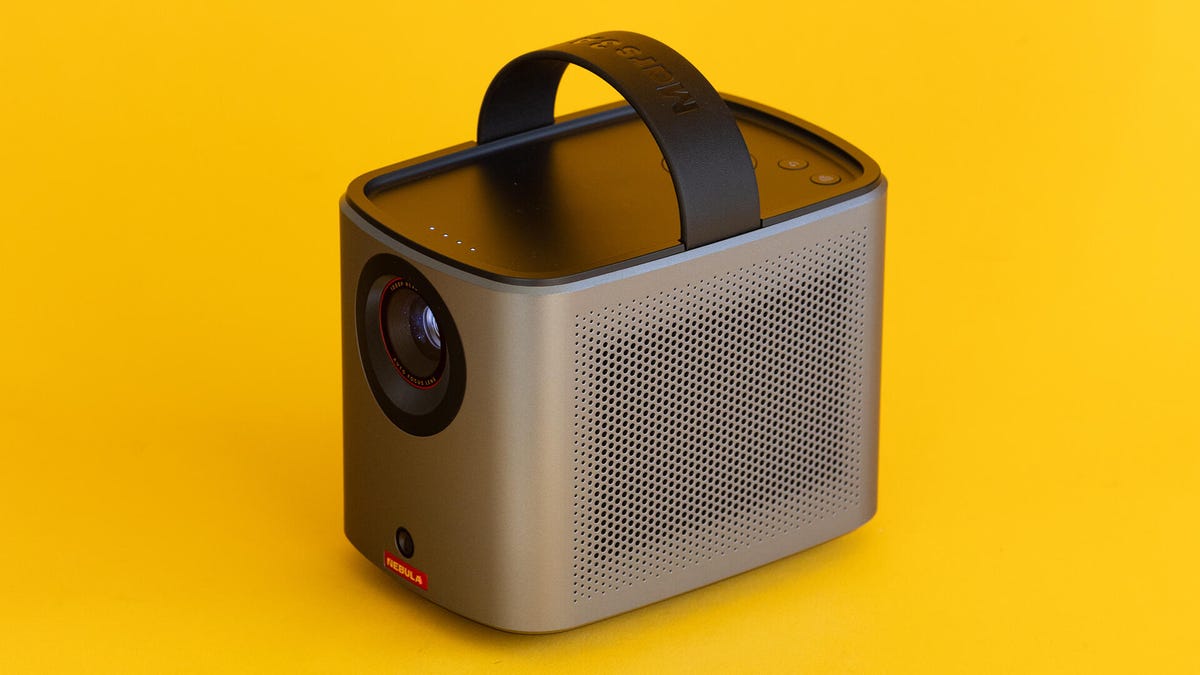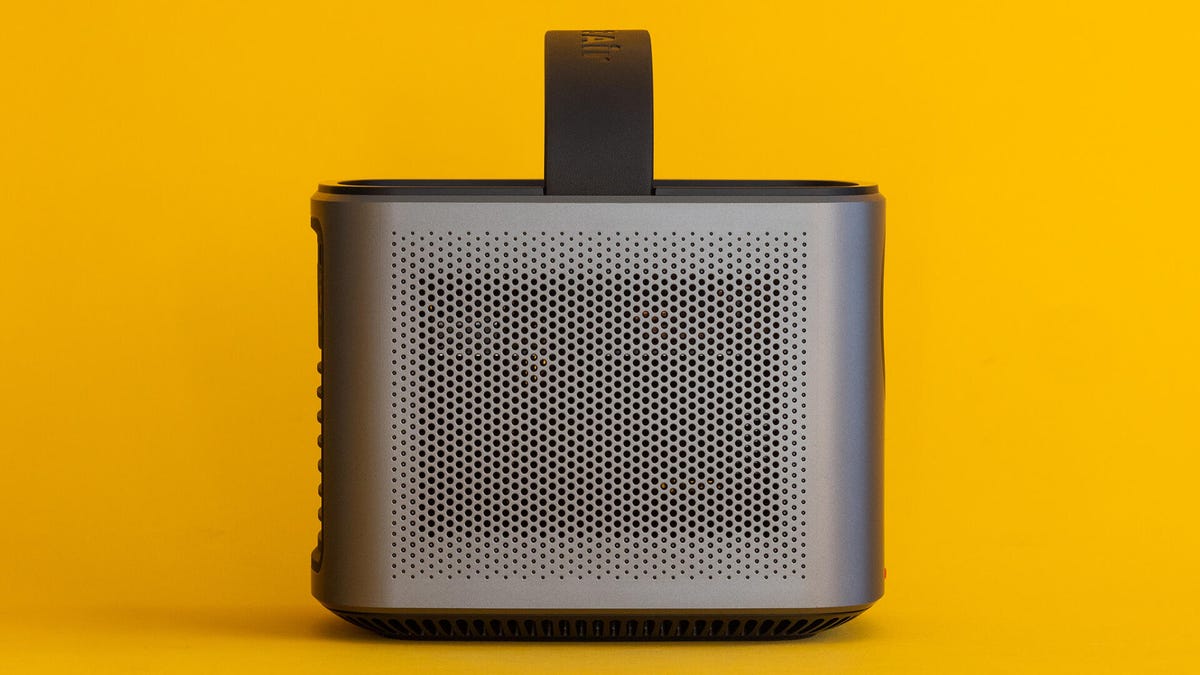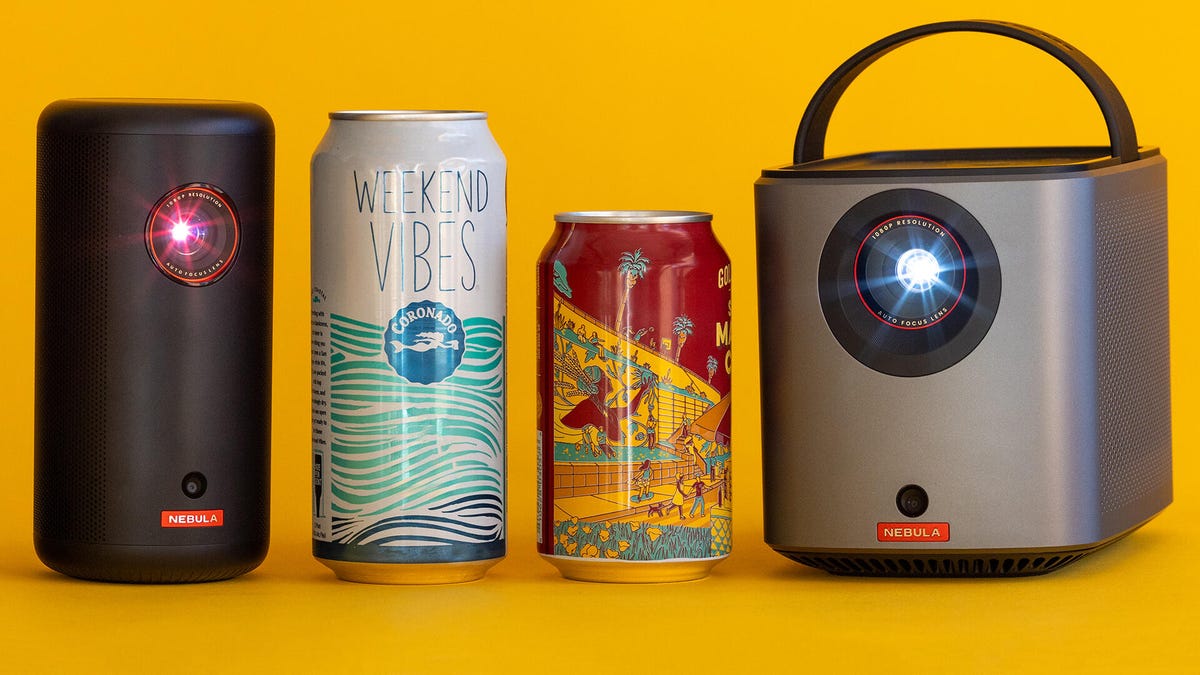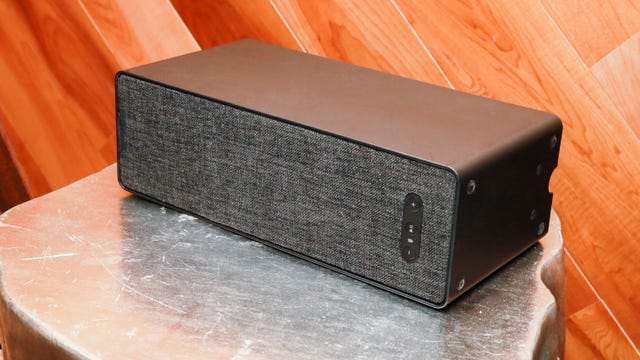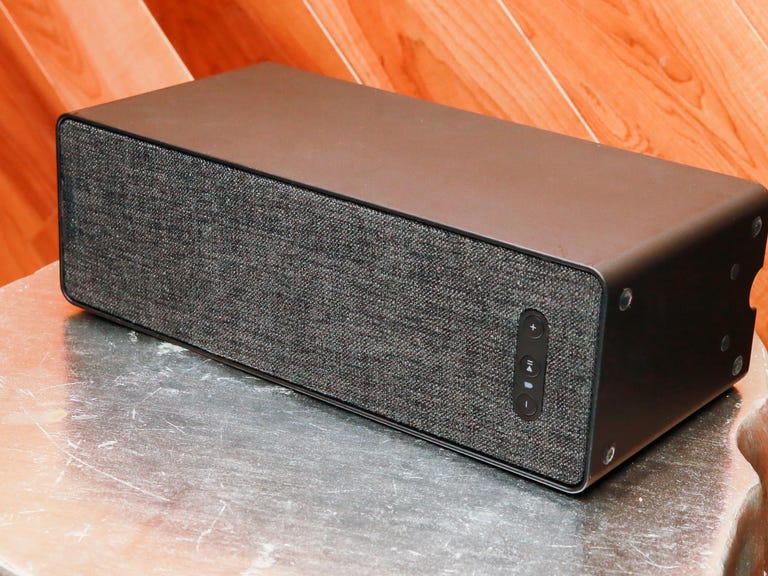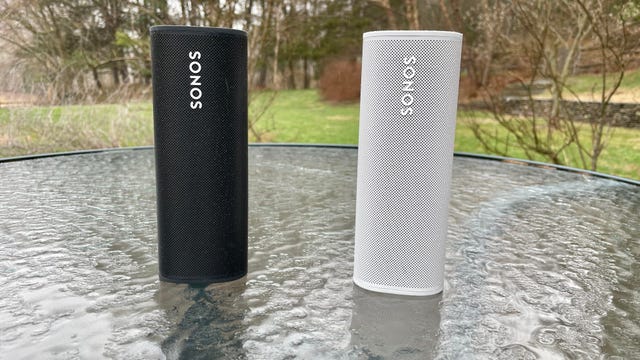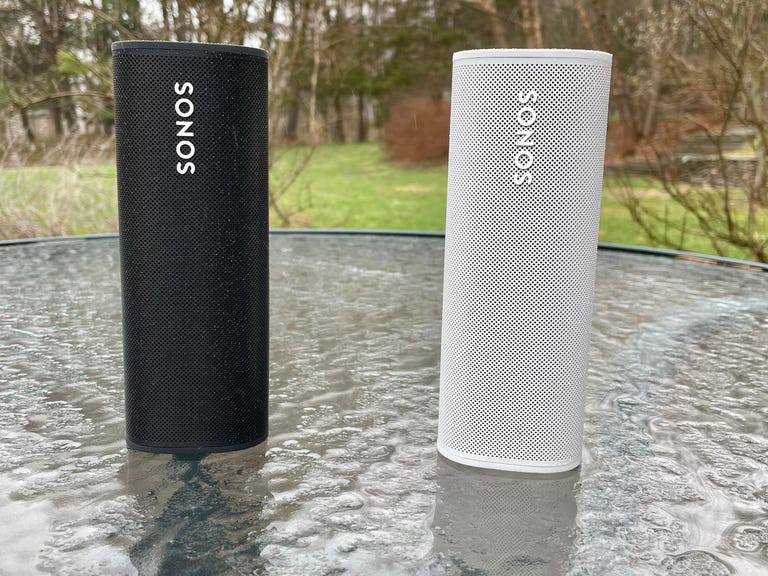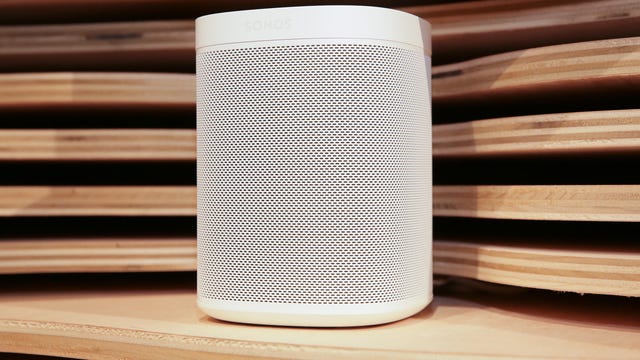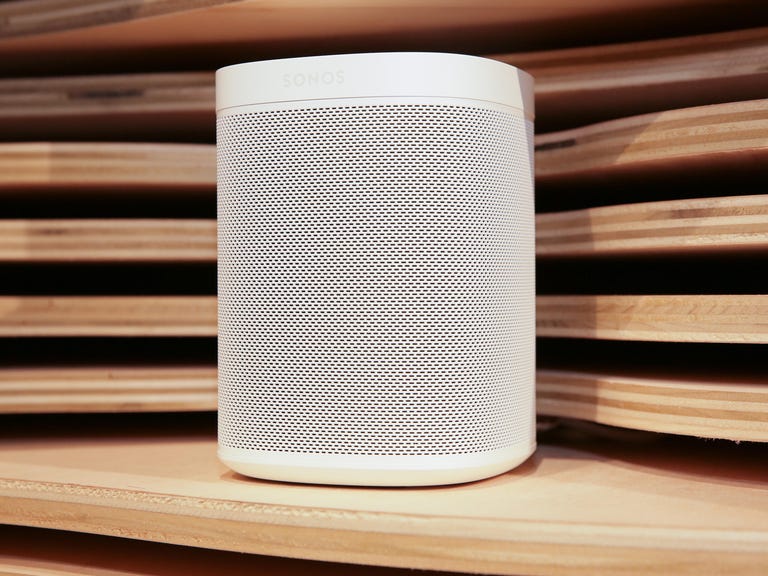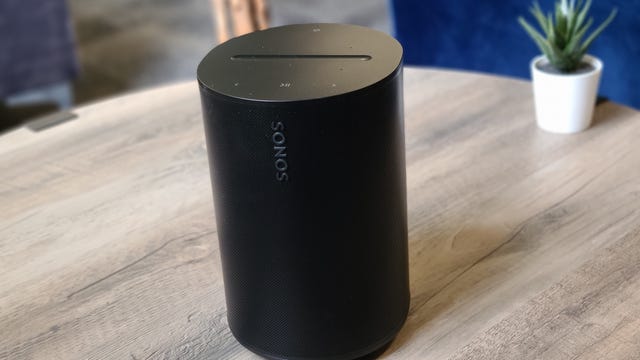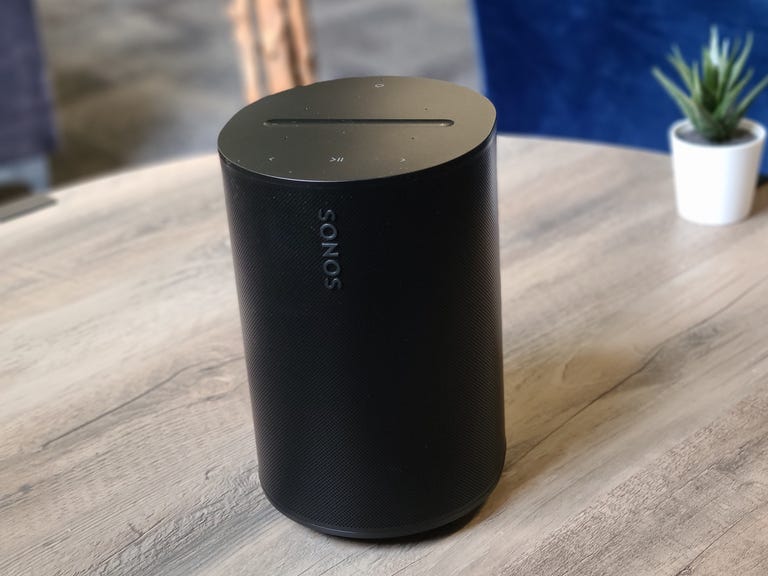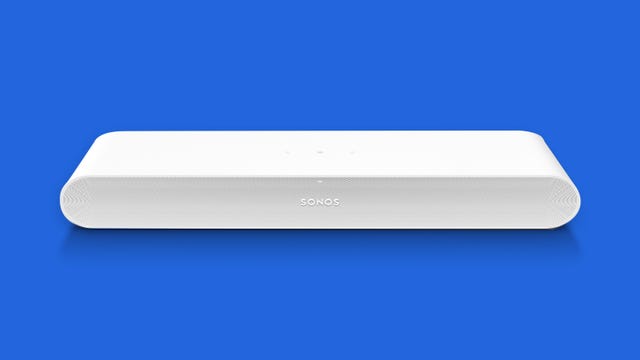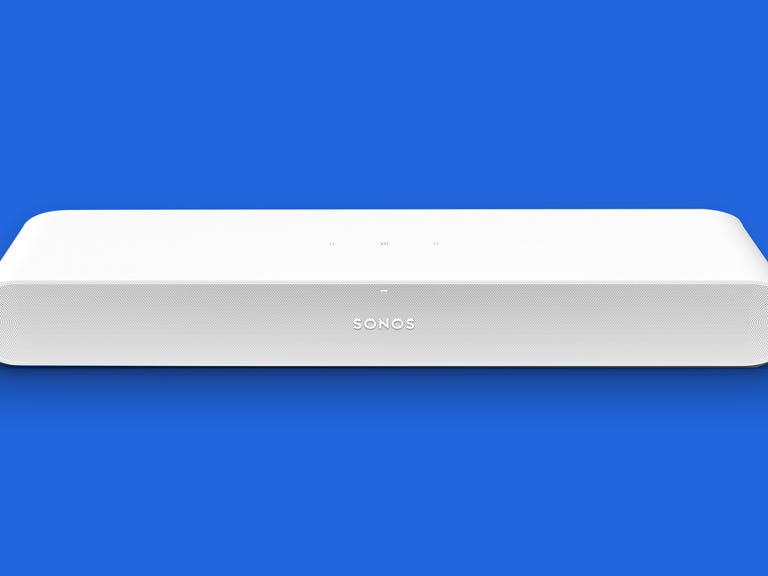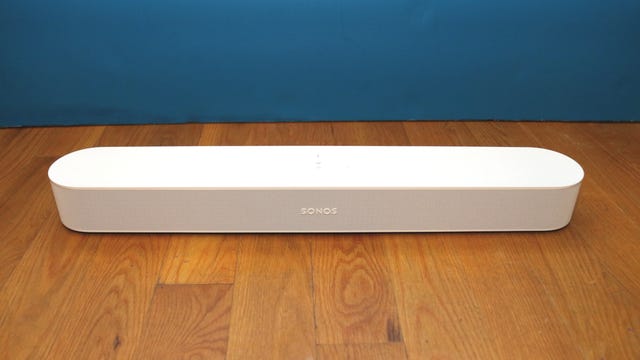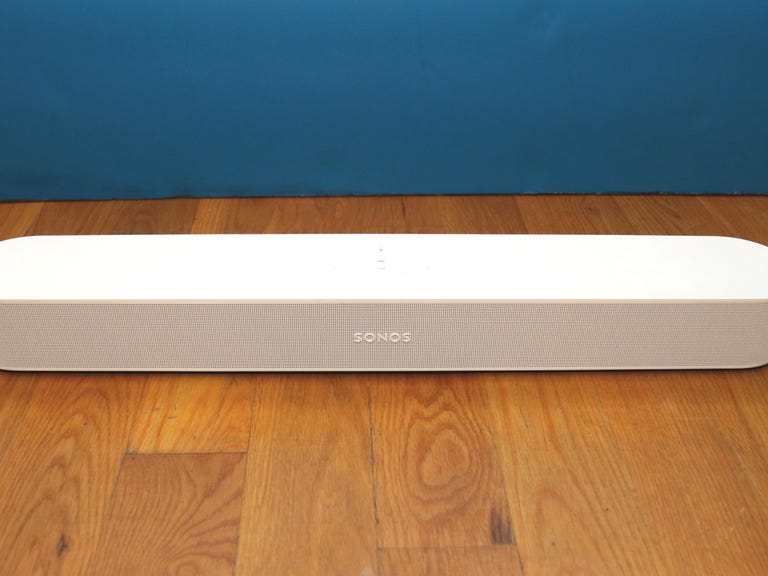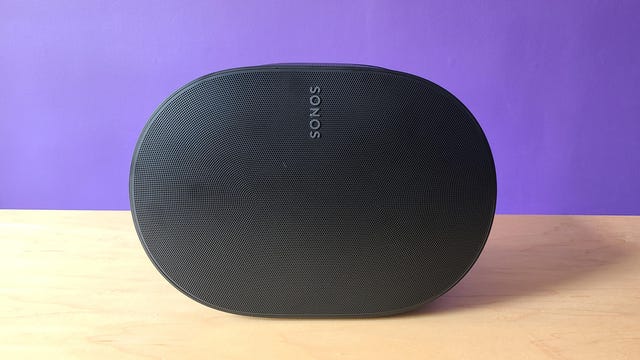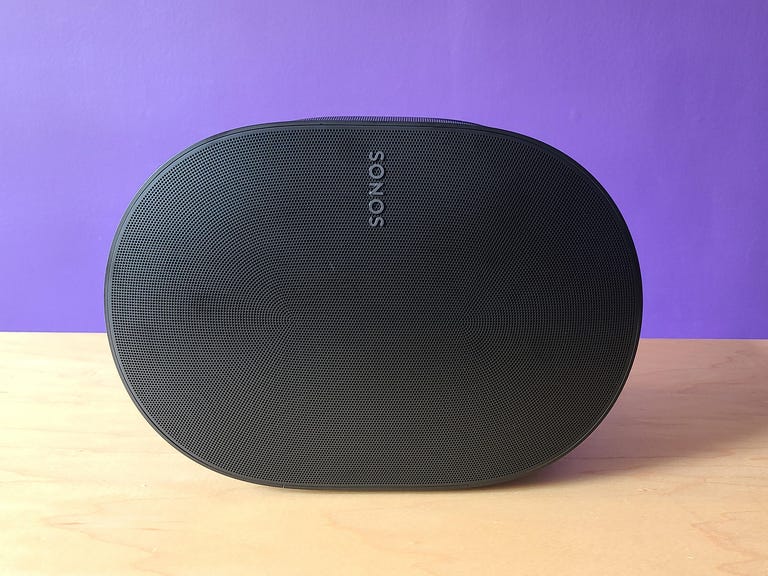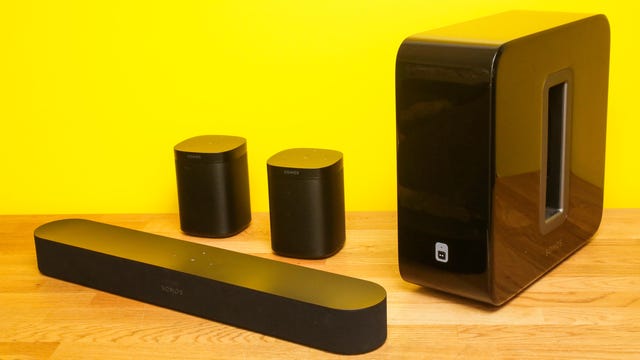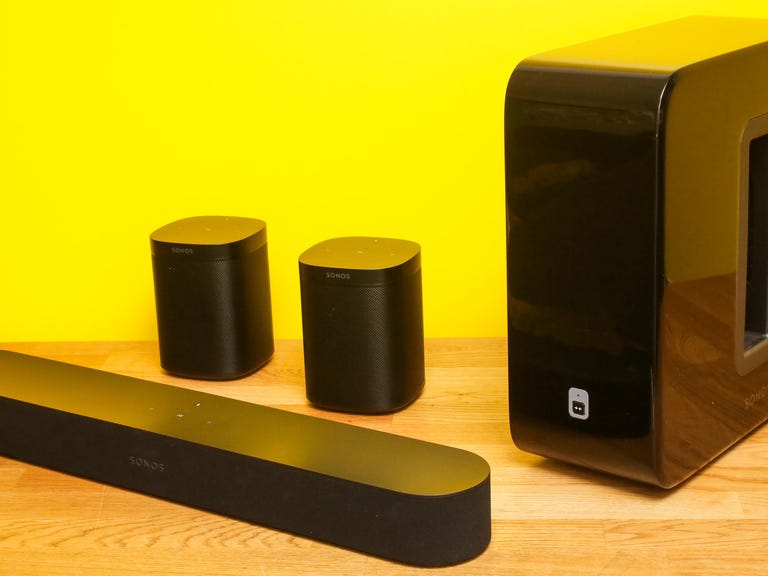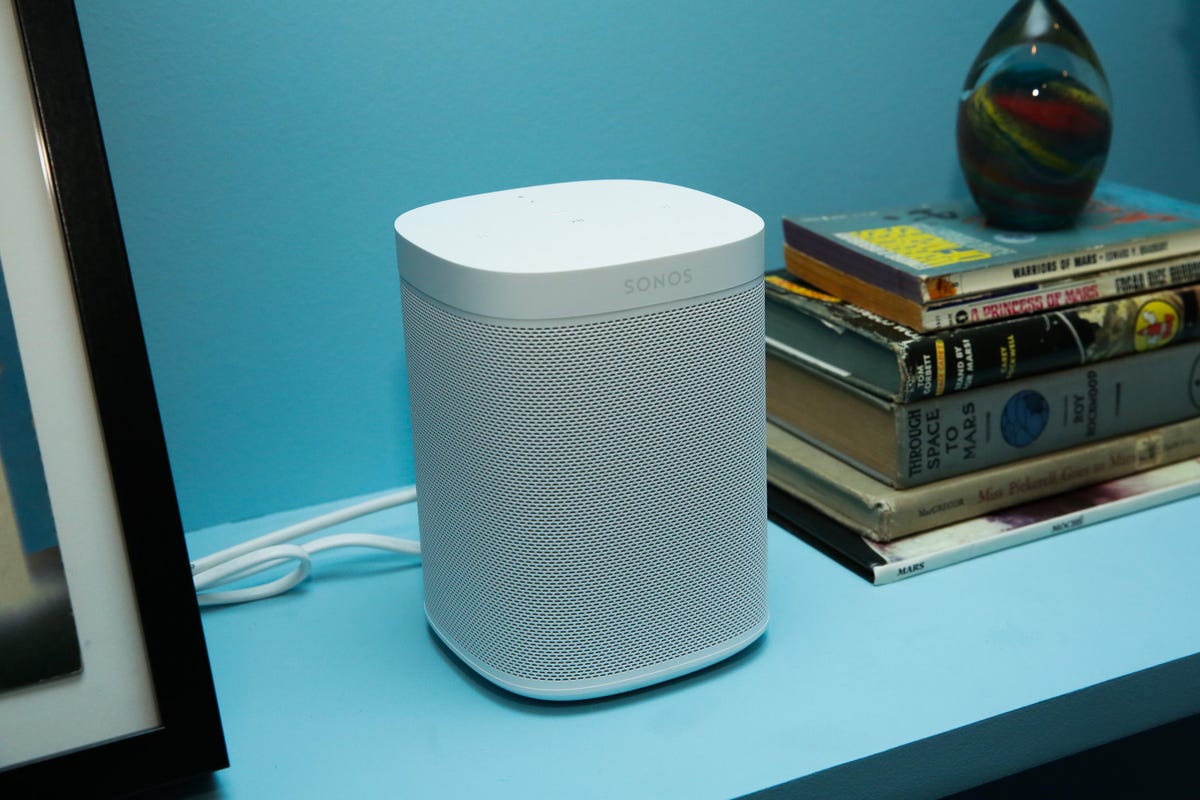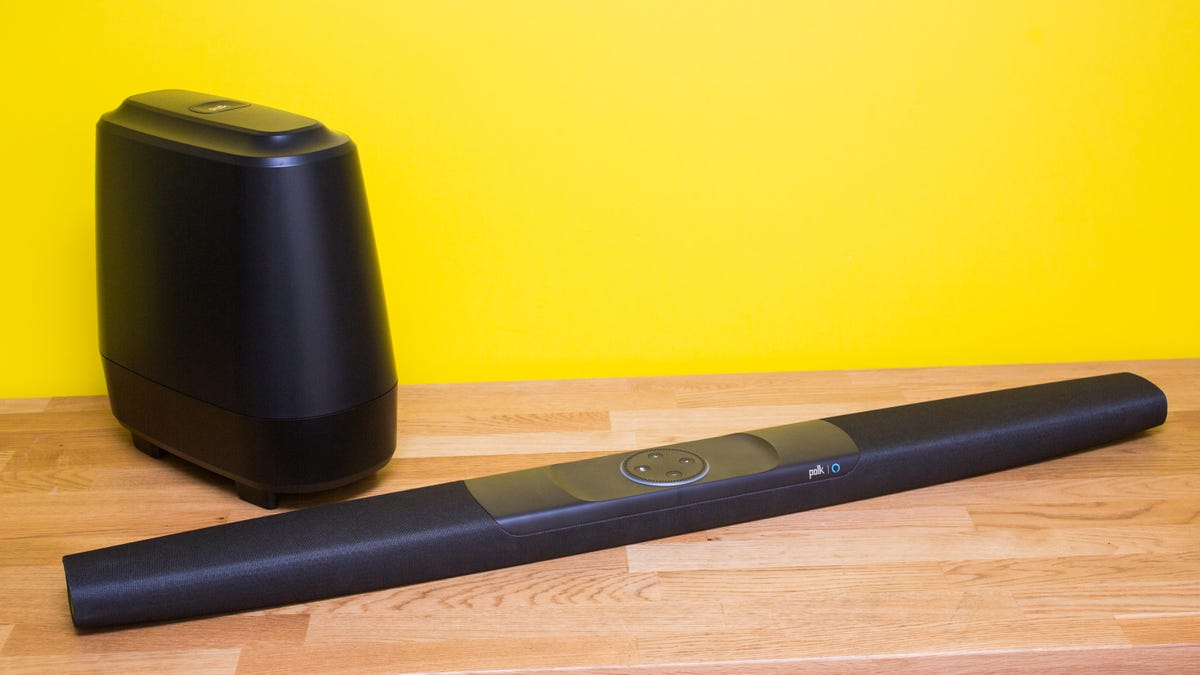Wendy Williams ran her syndicated talk show, The Wendy Williams Show, for 13 years before it aired its last episode in summer 2022. Citing health issues, she stepped back from the show, and its final season wrapped up with guest hosts filling in for her. Williams has largely stayed out of the limelight since then, but viewers will see her return in an all-new documentary: Where Is Wendy Williams?
Made in partnership with Lifetime TV, the two-part series chronicles Williams’ life after the show, including her health journey, financial conservatorship and career aspirations. It was filmed over two years with the talk show maven and her family on camera, capturing private moments and more. According to the network’s press release, the doc “provides a raw, honest and unfiltered reality of Wendy’s life after she was placed under financial guardianship, shedding light on the vulnerabilities that has turned Wendy into the Hot Topic herself.”
In addition to catching up on Williams’ life, viewers will also be directed to related resources on mental health, Graves’ disease and more. Here’s how to tune in to the docuseries if you don’t have cable or a satellite provider.
Read more: Best Streaming Service of 2024

Watch Lifetime TV on a live TV streaming service
Lifetime is the exclusive home of Where Is Wendy Williams? The network will air the series over two days. It premieres Saturday, Feb. 24 and 25 at 8 p.m. ET/PT.
The best way to watch the documentary is via a live TV streaming service. Several platforms carry the network in their channel lineups, and Philo and Sling are among the most popular and least expensive options that offer access to Lifetime’s newest releases, which you can watch live or on-demand. New subscribers can take advantage of free trial offers for these services, and each allows you to cancel anytime. Learn more about these platforms with our live TV streaming best list.
However, we advise you to choose one that’s best for your budget and content preferences. To learn more about live TV streaming offerings, read our channel comparison and this matchup between YouTube TV and Hulu Plus Live TV.
How to watch Lifetime from anywhere with a VPN
Perhaps you’re traveling abroad and want to stream Lifetime while away from home. With a VPN, you’re able to virtually change your location on your phone, tablet or laptop to get access to the documentary from anywhere in the world. There are other good reasons to use a VPN for streaming too.
A VPN is the best way to encrypt your traffic and stop your ISP from throttling your speeds. Using a VPN is also a great idea if you’re traveling and find yourself connected to a Wi-Fi network and want to add an extra layer of privacy for your devices and logins. Streaming TV can be a bit smoother with a reliable, quality VPN that’s passed our tests and security standards.
You can use a VPN to legally stream content as long as VPNs are allowed in your country and you have a valid subscription to the streaming service you’re using. The US and Canada are among the countries where VPNs are legal, but we advise against streaming or downloading content on illegal torrent sites. We recommend ExpressVPN, but you may opt for another provider from our best list, such as Surfshark or NordVPN.
Follow the VPN provider’s instructions for installation and choose a country where Where Is Wendy Williams? will be streaming on a service like Philo. Before opening the streaming app, be sure you’re connected to your VPN using your selected region. If you want to stream the series on multiple devices, you may need to configure each to ensure you’re signed in. Go to settings and check your network connections to verify you’re logged in and connected to your VPN account.
If you run into streaming issues, first ensure your VPN is up and running on its encrypted IP address. Double-check that you’ve followed installation instructions correctly and you’ve picked the right geographical area for viewing. If you still encounter connection problems, you may need to reboot your device. Close all apps and windows, restart your device, and connect to your VPN first. Note that some streaming services have restrictions on VPN access.





